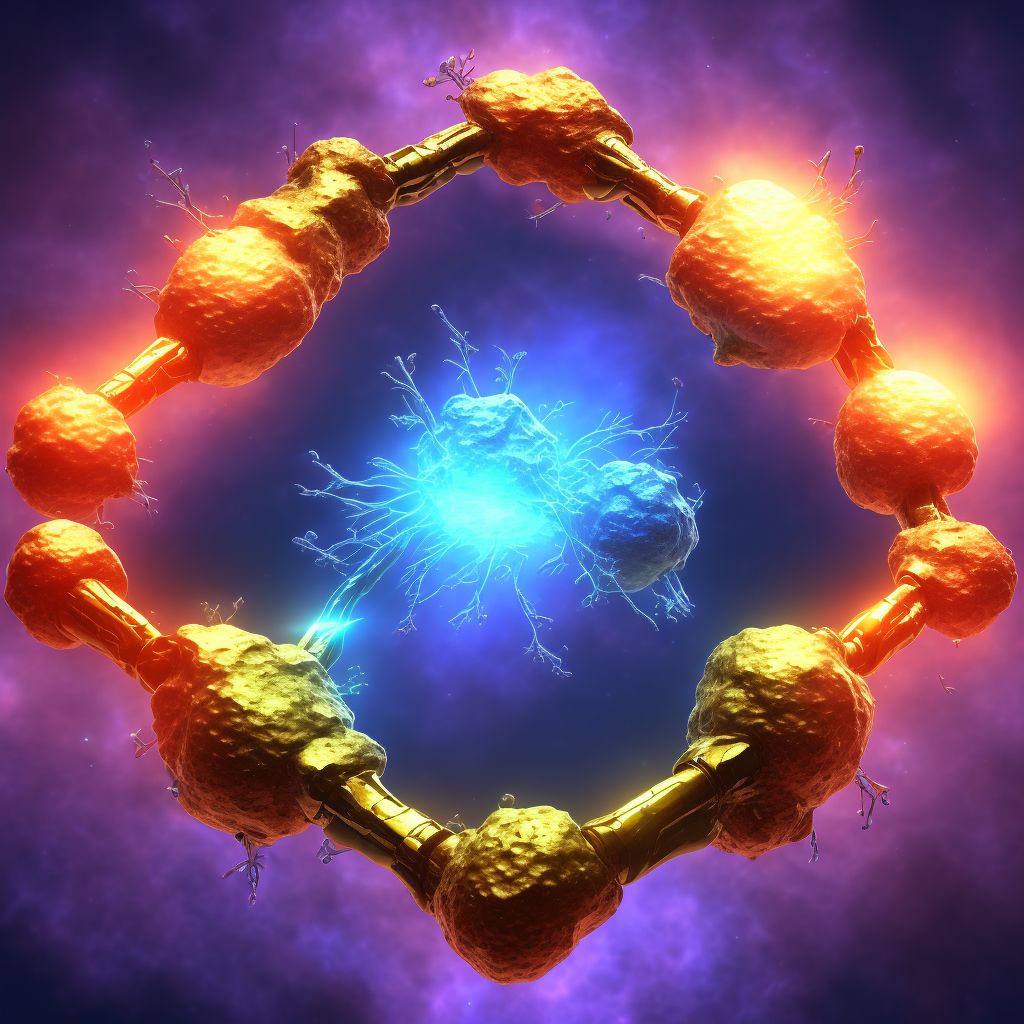
Nondisplaced fracture of medial condyle of right tibia, subsequent encounter for open fracture type IIIA, IIIB, or IIIC with routine healing Save
ICD-10 code: S82.134F
Disease category: S82.134: Nondisplaced fracture of medial condyle of right tibia
Nondisplaced Fracture of Medial Condyle of Right Tibia: Understanding the Healing Process
When it comes to bone injuries, a nondisplaced fracture of the medial condyle of the right tibia is a common occurrence. In this subsequent encounter for open fracture type IIIA, IIIB, or IIIC with routine healing, it is crucial to understand the healing process and the steps involved in the recovery of such an injury.
- Initial Evaluation: After the initial injury, a thorough evaluation is conducted to assess the extent and severity of the fracture. This evaluation helps determine the appropriate course of action for treatment.
- Open Fracture Classification: Open fractures are classified into three types (IIIA, IIIB, or IIIC) based on the severity of the injury and the presence of associated soft tissue damage. This classification aids in determining the complexity of the fracture and guiding the treatment plan.
- Immobilization: Following the initial evaluation, immobilization is crucial to stabilize the fracture and promote healing. Immobilization can be achieved through the use of a cast, splint, or external fixation devices.
- Monitoring: Regular monitoring by healthcare professionals is essential to ensure the fracture is healing properly. During subsequent encounters, the progress of healing is assessed, and any necessary adjustments to the treatment plan are made.
- Weight-Bearing: Depending on the severity of the fracture and the healing progress, weight-bearing may gradually be allowed. This step is carefully implemented to prevent further damage and promote the strengthening of the tibia.
- Physical Therapy: Once healing has progressed sufficiently, physical therapy may be recommended to restore strength, flexibility, and range of motion in the affected leg. This therapy helps the patient regain normal functionality and reduces the risk of future complications.
Understanding the healing process of a nondisplaced fracture of the medial condyle of the right tibia is crucial for both patients and healthcare professionals. By following the appropriate steps, ensuring proper immobilization, and regularly monitoring the healing progress, routine healing can be achieved effectively.
Remember, if you have experienced this type of fracture, always consult a healthcare professional for accurate diagnosis and tailored treatment advice.
Treatment of Nondisplaced fracture of medial condyle of right tibia, subsequent encounter for open fracture type IIIA, IIIB, or IIIC with routine healing:
Treatment Options for Nondisplaced Fracture of Medial Condyle of Right Tibia
A nondisplaced fracture of the medial condyle of the right tibia, subsequent encounter for open fracture type IIIA, IIIB, or IIIC with routine healing can be a challenging condition. Fortunately, several treatment options are available to help patients recover and regain mobility.